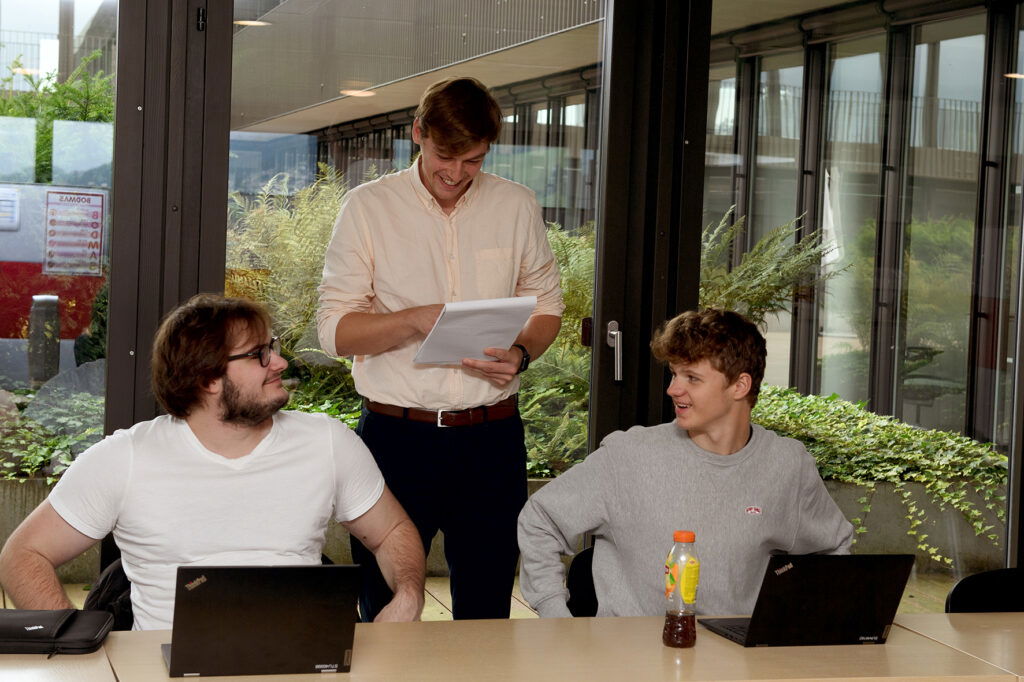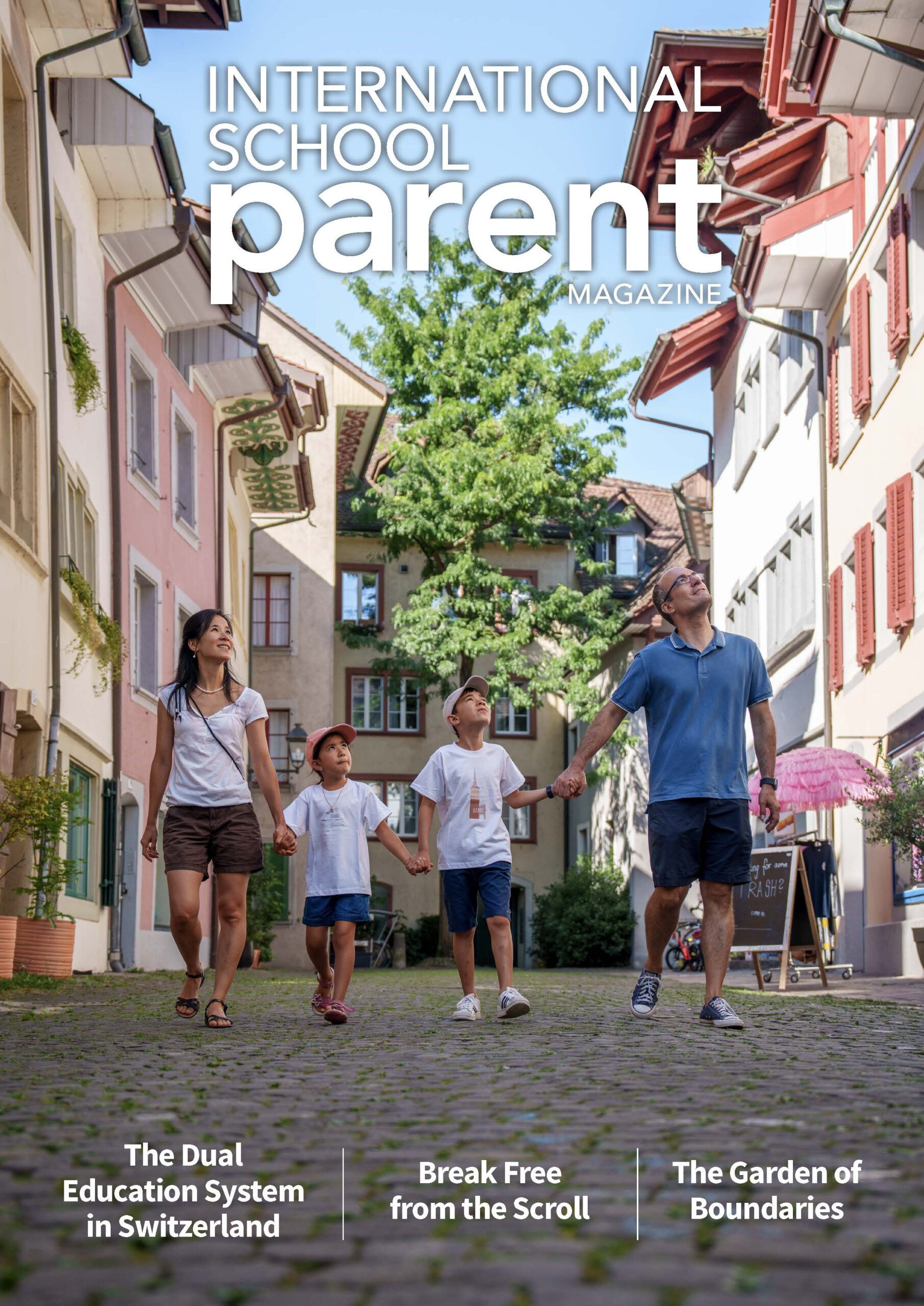Meet the Founding Director: Kamran Baig, Lucerne International School
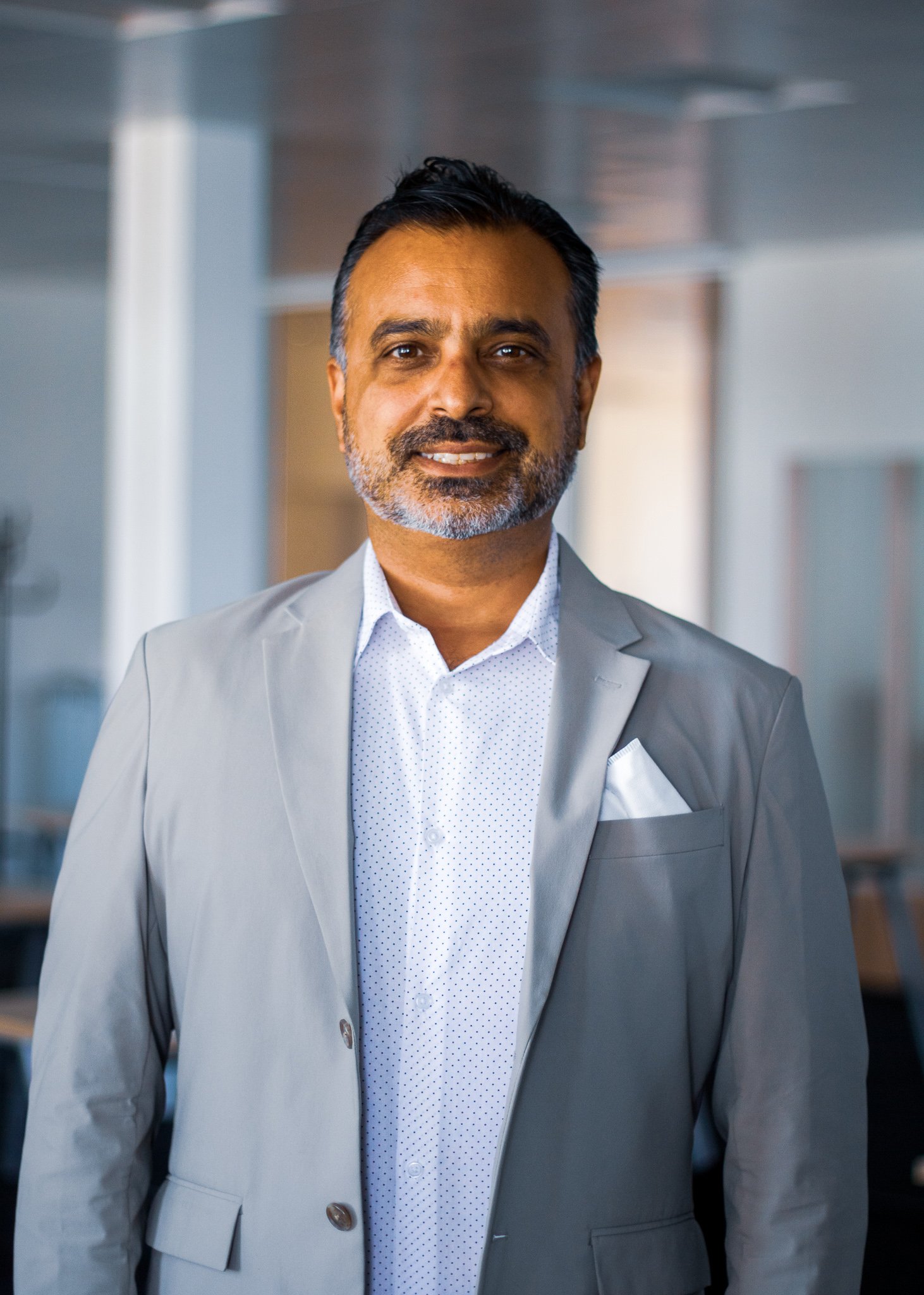
Lucerne International School (ISPL) opened its doors in August 2021 aiming to offer a modern, innovative, and courageous alternative to traditional high school education in Switzerland. Starting with 8 students, the school now welcomes around 50 learners spanning grades 10 – 12 and representing 22 different nationalities.
Founded by Kamran Baig and John Häggström, ISPL offers a unique blend of face-to-face and online learning to create a personalised academic experience for each of its students.
Kamran Baig began his career in international education almost 30 years ago and has served as a teacher, department head, principal, and school director in schools across Japan, the UK, and Switzerland. He believes deeply in the power of education and is passionate about using technology to personalise learning. We sat down with Kamran to learn more about Lucerne International School’s blending learning system.
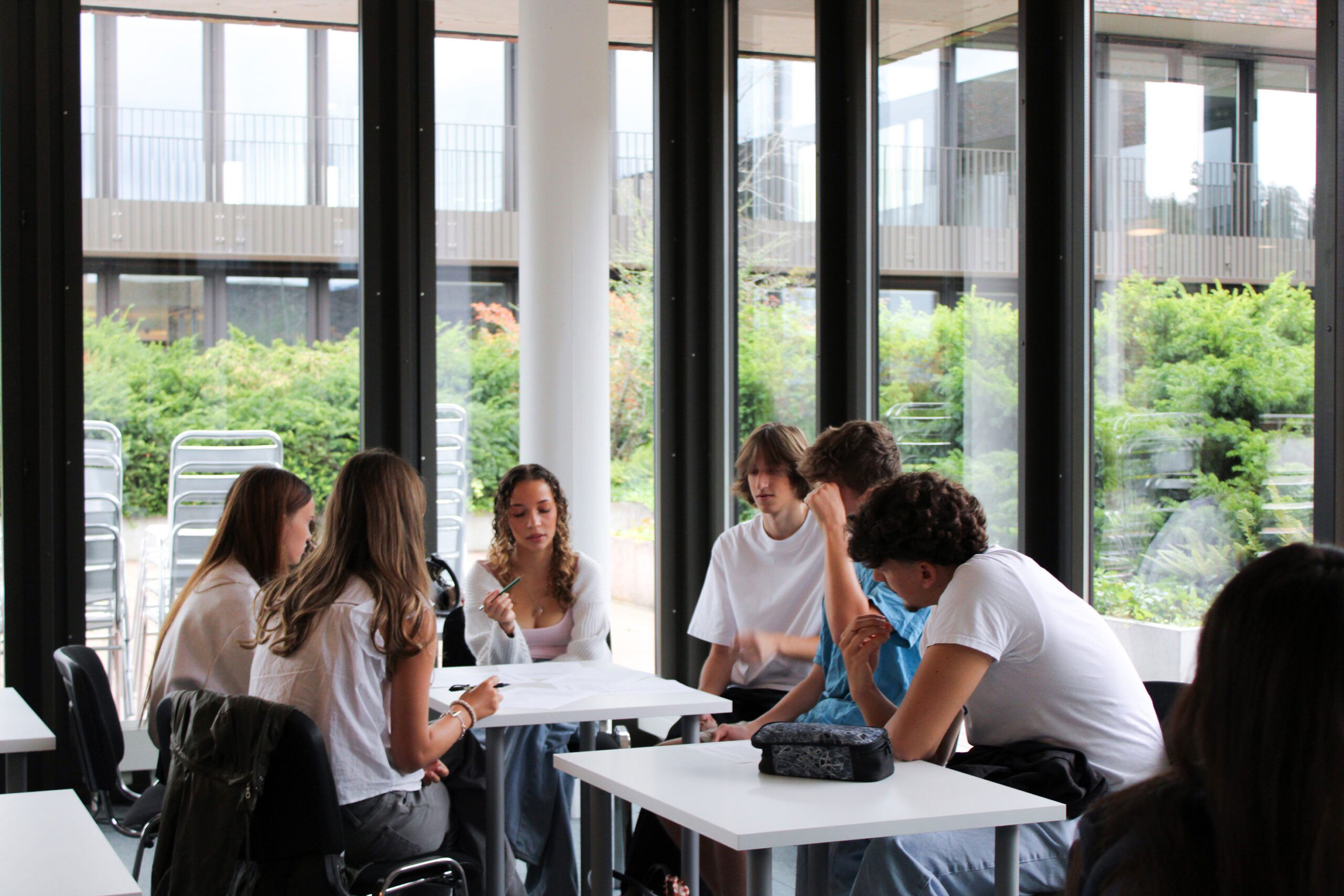
How does the blended learning programme at the Lucerne International School cater to students with diverse learning styles and academic goals?
The blended learning programme allows students to work at their own pace through an online course, while sitting in a classroom with a teacher who is there to give them guidance and support. This means that within a class students may not necessarily be doing the same thing at the same time. Students who need more time and support receive it, while simultaneously giving others the opportunity to push ahead.
This differentiation to individual needs is inherently built into a blended learning model. I started researching blended learning about 10 years ago and realised that it really was the key to effective differentiation. You cannot have 20 different lessons created for 20 different students by one teacher – it would simply be too much of an undertaking. However, in a hybrid model, you can have content and interactive materials readily available online so that students can access them asynchronously, ultimately allowing them to work at their own pace.
I do not believe that students can learn effectively in a vacuum and there is no substitute for the face-to-face interaction that they get in a physical school environment. It is also essential for building their soft skills: communication, collaboration, planning and so on.
School is a place for social interaction and belonging. There are so many things that we remember from our own time at school and most of these things have nothing to do with academics. I think that it is absolutely essential that there is a strong community aspect to school as well.
What strategies do you use to make sure that students remain engaged and motivated?
Our teachers play a large role in keeping the students engaged. We cannot have learning without someone to facilitate it. Online learning by itself only works when you have highly motivated students. For example, people who are returning to study after working – they have a goal in mind.
For a typical teenager, self-agency – the ability to organise oneself, set goals and to follow through on a plan – requires a degree of support. Consequently, the role of the teacher is to facilitate this process. Teachers and students sit down together to set weekly goals, review their progress, and make sure that they are on track.
In our blended learning programme, the teacher helps and guides the students, rather than being the purveyor of knowledge. In our school, teachers are coaches, mentors, and facilitators and I think this helps to build important soft skills.
At the end of the day, we are preparing our students for university entrance and that means exams. It is essential to make sure that they are on track and that we are monitoring their progress through formative assessment. However, I think blended learning is a far more supportive way of getting students to engage with their learning and develop metacognitive skills.

How can technology be effectively used to support learning?
When we talk about edtech we must ask whether the technology itself is facilitating or hindering learning. Will it enhance educational experiences? Does it allow students to gain a deeper understanding? I believe it is our job to filter the benefits for the student before simply engaging with technology.
How do you encourage holistic education and community?
Our school covers the last three years before university. Naturally, this means that we do have a large focus on getting our students ready to take entrance exams. However, it is extremely important that students also actively take part in school life.
We have a student council where every student is a member. Within this there is a democratic process which ensures students have a voice. Students must learn the importance of speaking up. When students start to think and critically engage with what’s going on around them, you see a direct impact on their social and emotional wellbeing. We want to create an environment where students speak their minds and feel safe doing so. This is a very important aspect of holistic education.
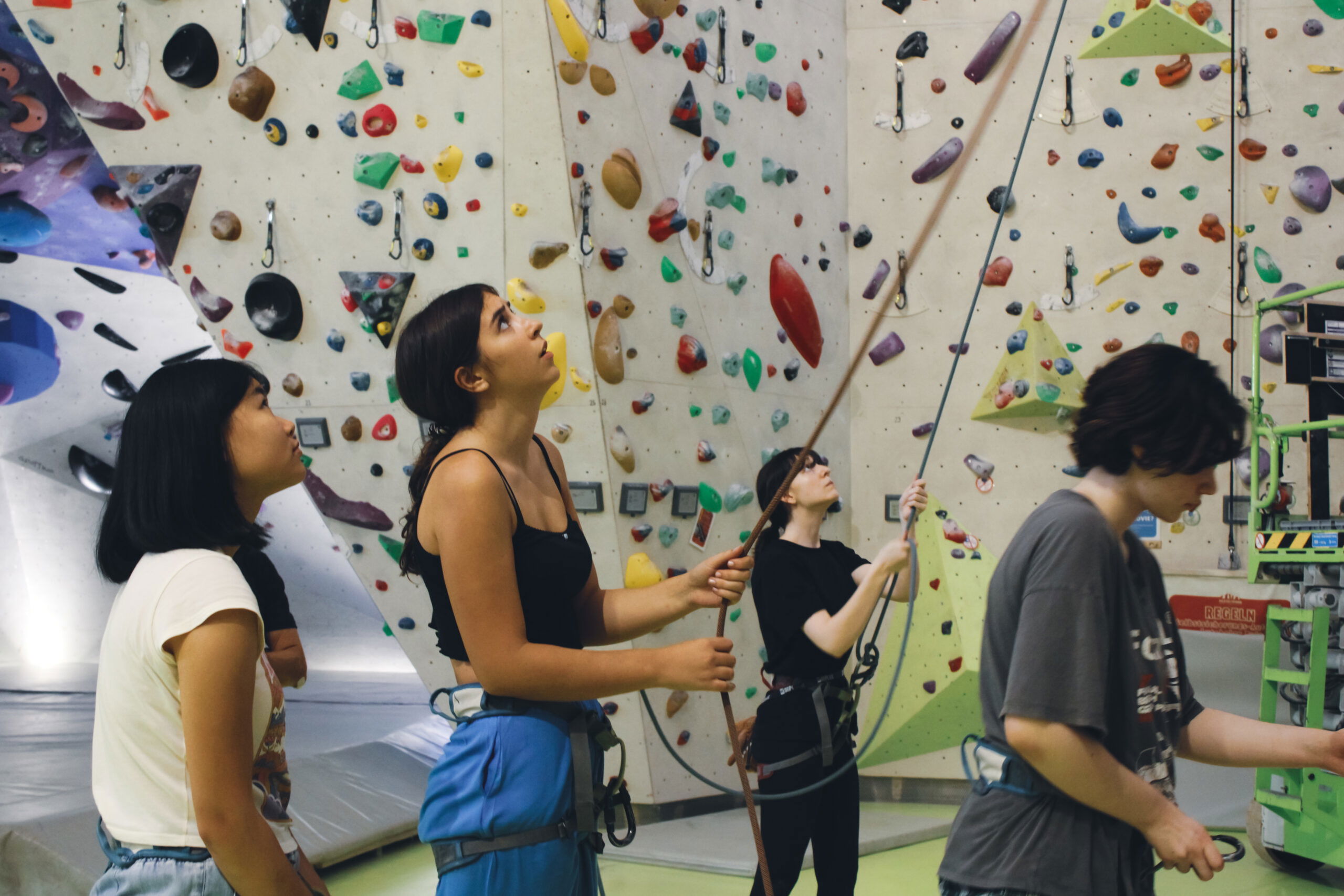
What specific strategies or tools are you using to support students’ well-being?
We have meetings with the students every week. These gatherings are a great opportunity to check in with them, not just in terms of academics but to also learn what else is happening in their lives. We are a small school and so it becomes quickly clear if there are issues.
Our students tend to talk about how they feel and are quick to come forward on behalf of other students. We had an incident where one of our students – who is very introverted – was quite distressed. Other students came to me and said, “This student is not okay, can you please speak to them?” I was very proud of the way they looked out for their classmate.
I have seen amazing transformations of students who previously refused to go to school. When they joined us, they had their ‘suit of armour’ on, and then over time they start to relax. Parents have come and said, “We can’t believe how our child has changed.” I like to think that we build the right conditions to honour every student for who they are.
You mentioned before that teachers are mentors, facilitators, and coaches. What are the advantages of this approach?
The teacher is able to have more meaningful interactions with each student. They also get a lot more data in terms of who the student is as a person, who they are as a learner, what they struggle with, and what they grasp easily, as well as pinpointing the areas that need focus and development. Research shows that blended learning students typically do twice as well as students in a traditional system and I think the effectiveness of the teacher is a big part of this.
Another important factor is that the teacher is not spending time preparing and delivering lessons, and then grading students’ work. Our Moodle online learning platform is fully populated, and we partner with the National Extension College – a distance learning institution – to deliver exceptional interactive courses. This means that our teachers can be far more effective and are less likely to suffer burn out.
Could you please tell us more about the pathway opportunities at Lucerne International School?
We offer the British international GCSEs and A levels which are accepted by universities worldwide, including here in Switzerland. In the end, our goal is to give students options, and the more options they have, the broader their horizons. Many of our students will end up at Swiss universities however, we want to also give them the ability to study abroad. The international GCSEs and A levels open more doors than, for example, the Swiss Matura in terms of international recognition.
In our first year we had two graduates. One went to the University of Bern and the other went to the University of Exeter in the UK. Even in our first year the flexibility our students have in choosing a tertiary study destination was noticeable.
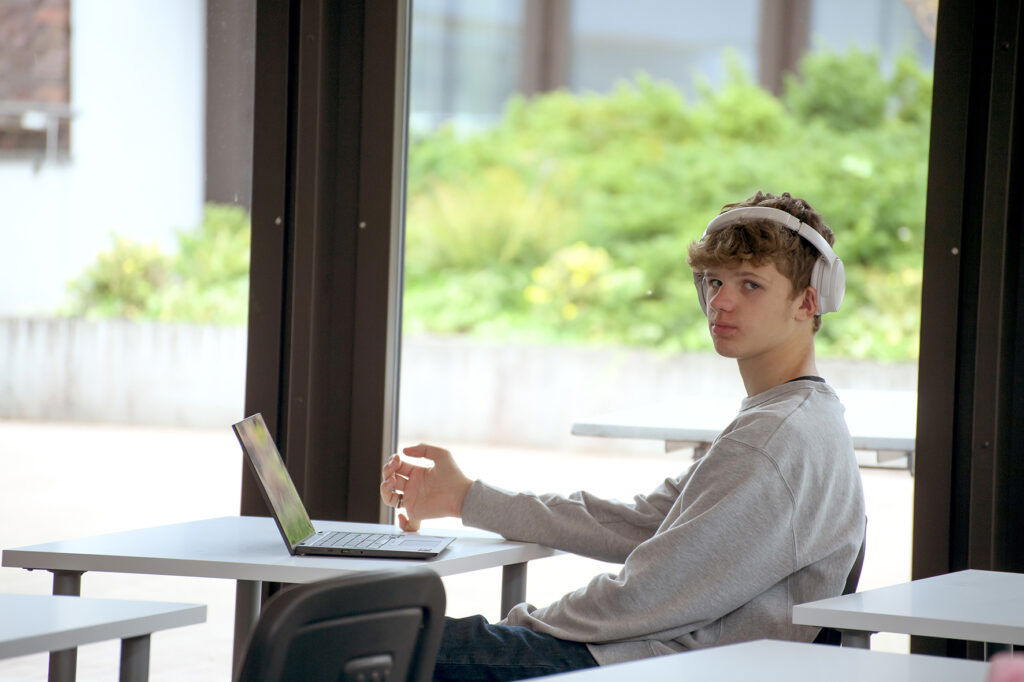
What influenced your passion for blended learning?
Looking back on my career, I often felt that students were the last consideration in the traditional school system. I also believe that it is not possible to shift a system from within it. You have to leave it and go out on your own. So many students were falling through the cracks. The traditional system punishes students who refuse to conform, but I would argue that many of these students are bright and curious – things we need to cultivate.
I think this feeling of frustration with the traditional system led me on this journey. Many people talk about how the education system needs to change, that it needs to be brought into the modern era, but few actually do anything about it. So, I thought “Why not try?”
We have had many success stories of students who dropped out of traditional school but then flourished and got amazing exam results after joining our programme. They thought that to be happy and successful they would have to choose between their mental and physical health, and their education. Instead, we were able to provide them with a method that allows them to find balance.
